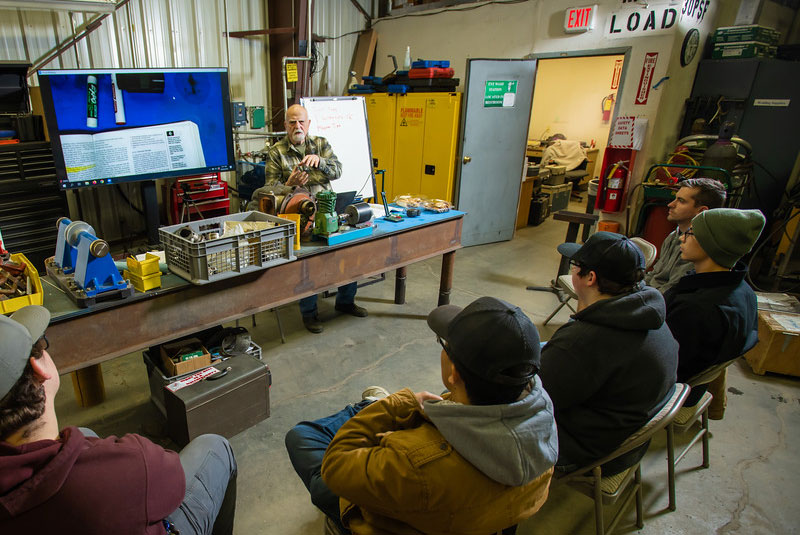Instructor Dr. Stan Herman Q&A: Teaching Alaska Native Cultures Online
by V Heisser |
This summer, students enrolled in Alaska Native Cultures have the opportunity to learn
about the rich and diverse histories, traditions, and contemporary experiences of
Indigenous peoples across the state—all from the comfort of their own homes. We caught
up with the instructor, Dr. Stan Herman, behind the course to learn more about what
inspired him to teach it, how he approaches sensitive topics in an online format,
and what he hopes students take away.
Q: What inspired you to teach a course on Alaska Native Cultures, and why do you think
it’s important for students to study this subject?
A: I’ve always been interested in North American Native cultures. When I was teaching
on the East Coast, I led a diverse range of classes on the subject, from general history
to a media studies course that critiqued North American culture through film.
So when I moved to Alaska—long before I ever taught here—I began reading everything
I could about Native Alaskan history and culture. I believe it’s an important and
often overlooked part of U.S. history. In fact, I’d argue that Native Alaskan history
is our history. Learning about these cultures not only deepens our understanding of
Indigenous life but also reveals a lot about the values and structures of Euro-American
society.
Even Franz Boas, the founder of American anthropology, saw Indigenous practices like
the potlatch as a direct challenge to dominant Western ideas, especially those found
in economics.
Q: How do you approach teaching sensitive topics—such as colonization, cultural change,
and political challenges—in an online setting?
A: It’s definitely a challenge, especially online, where dialogue is often limited
and the instructor takes more of a curator role than a conversationalist. I don’t
aim to confront people, but I do believe that anthropology is only being done right
if it makes us a little uncomfortable. We should be questioning the everyday things
we take for granted.
As a scholar, I feel obligated to present the truth as best as contemporary scholarship
understands it. That includes complex topics—like the destruction of languages or
outright acts of genocide. My goal is to provide students with facts and multiple
perspectives and then create a space where they can reflect and respond.
Because such discussions are more challenging in an online format, I include free-writing
exercises that allow students to share their thoughts and emotions without fear of
judgment or pressure from grading.
Q: What is one key takeaway you hope students leave your class with about Alaska Native
peoples and their diverse cultures?
A: I hope they come away with a genuine appreciation for just how diverse Alaska Native
cultures are. I grew up in a time when anything “Alaskan” was lumped into a single,
stereotypical image of the “Eskimo.” But that’s so far from reality.
There were over 200 languages spoken here at the time of European contact. Alaska
is home to a wide range of ecological zones and cultural systems—so wide that we might
better think of it as a subcontinent than a state. You’ll find communities where whaling
is a village-wide effort, others where it’s a solitary ritual of a shamanic hermit,
and still others where whaling isn’t practiced at all.
Art, belief systems, and technology also vary dramatically from region to region.
The diversity is staggering—and beautiful.
Q: Do you have a favorite aspect of Alaska Native culture, history, or a personal
experience that you often share with your students?
A: My academic focus is something called “modernization theory,” which explores the
roots of the ideas and systems that built our modern world. So, I’m especially interested
in the post-contact period—how Native Alaskan communities navigated new realities
after European arrival.
For example, I love learning about how older shamanic traditions have been woven into
Russian Orthodox church practices. Or how traditional body art is being revived as
a form of cultural identity in today’s online, globalized world.
These stories of adaptation and resilience are endlessly compelling—and they remind
us that these cultures are not static or relics of the past. They are living, evolving,
and powerful.









